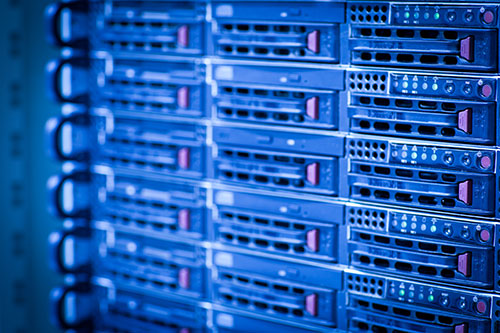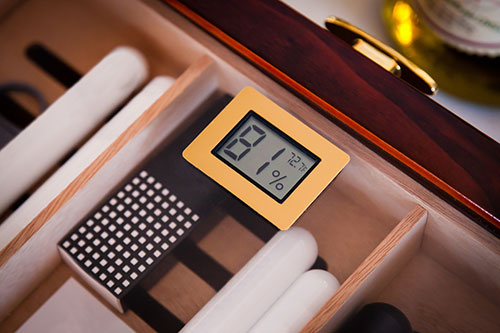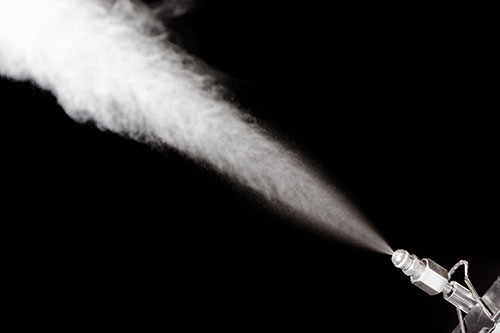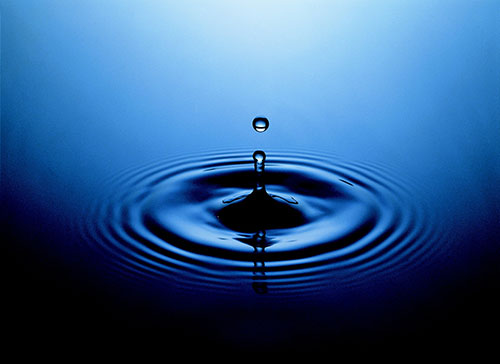Building engineers and sub-contractors who spend their time spec-ing out water filtration systems always ask, “What’s the difference between the processes of RO/DI water treatment and purification?”
Here is the short and simple answer: Reverse osmosis (RO) and deionized (DI) filters undergo different types of reactions to clean water. The process of RO involves the use of standard tap water to clean-up to make it roughly 90-99% pure. However, with DI water, the filters in the process exchanges both positive and negative molecules for the charged contaminants in water. DI filter and other similar processes are sometimes referred to as “water polishing”.
A Deeper Understanding of the RO Water Filtration Process
Reverse osmosis is the complete opposite of a natural process called osmosis. Osmosis is the movement of water molecules across a semipermeable membrane. Naturally, water will move from a low ion concentration to a higher ion concentration to create balance between the two environments. However, with reverse osmosis, water molecules are pushed from the high concentration (dirtier) side into the the other. Although this is not perfect, it is very cost effective, and the RO membrane can last for years if used properly. Most of the time the initial process of RO is used before other purification technology is used to remove the remaining 1-10%.
This type of water is great for use in data centers, labs, humidors, and manufacturing enterprises. The removal of the ions in the water is to prevent bacterial formation, static electricity, and white dust to be formed when the water is used with humidification systems. To read more about prevention of these static discharges and white dust, view our article at “4 Clear Ways to Prevent Static Discharge and Dust in Data Centers”.

How DI Water Filtration Compares to RO
Deionization has many names for it’s process: Ion Exchange, Strong Acid/Strong Base, and Polishing Nuclear Grade. This type of water filtration method is great in removing the additional ions and inorganic chemicals down to very low parts per billion (PPB) levels. This process makes it excellent for producing ultra-purified water at 18.2 Megohm. At this quality, this type of water is used for the most sensitive laboratory instruments. This allows for the instruments to detect chemicals even at extremely low concentration levels.
However, one thing to understand is that water at this level of purity degrades quickly. Deionization alone does not remove all types of contaminants like dissolved organic chemicals. The reason is due to no physical filters that can remove bacteria and particulates. Rather, this process should be used in parallel with the RO process.

If you are looking for a water filtration system that undergoes both the RO/DI process, you can check out our RO/DI Systems here. Integrating these systems into your business environment will help greatly in providing the best purified water for any usage in data centers, laboratories, manufacturing enterprises. Contact us here if you want to know how our systems can greatly benefit your business and ensure it’s success.


